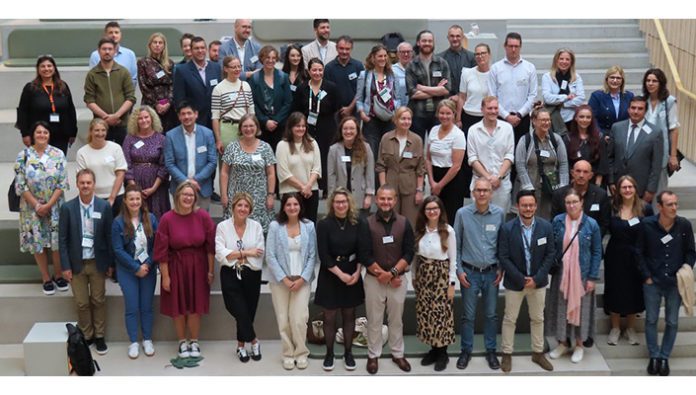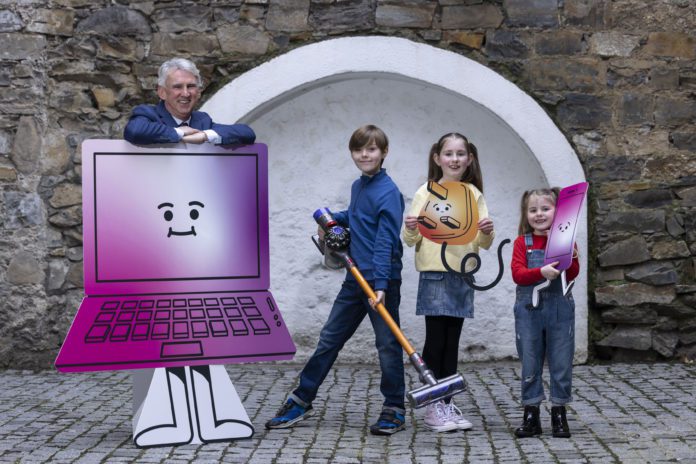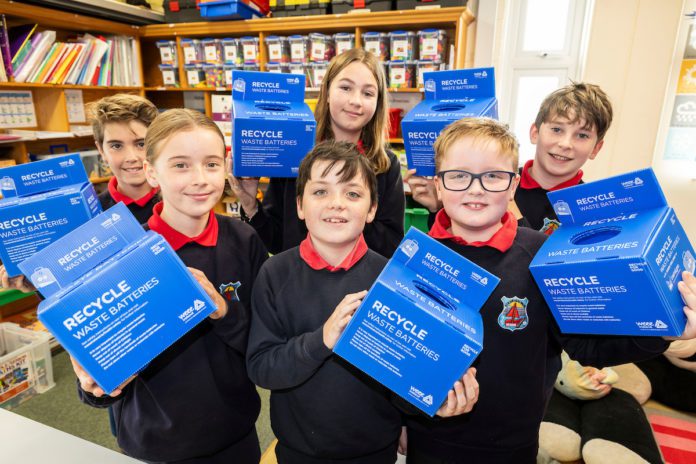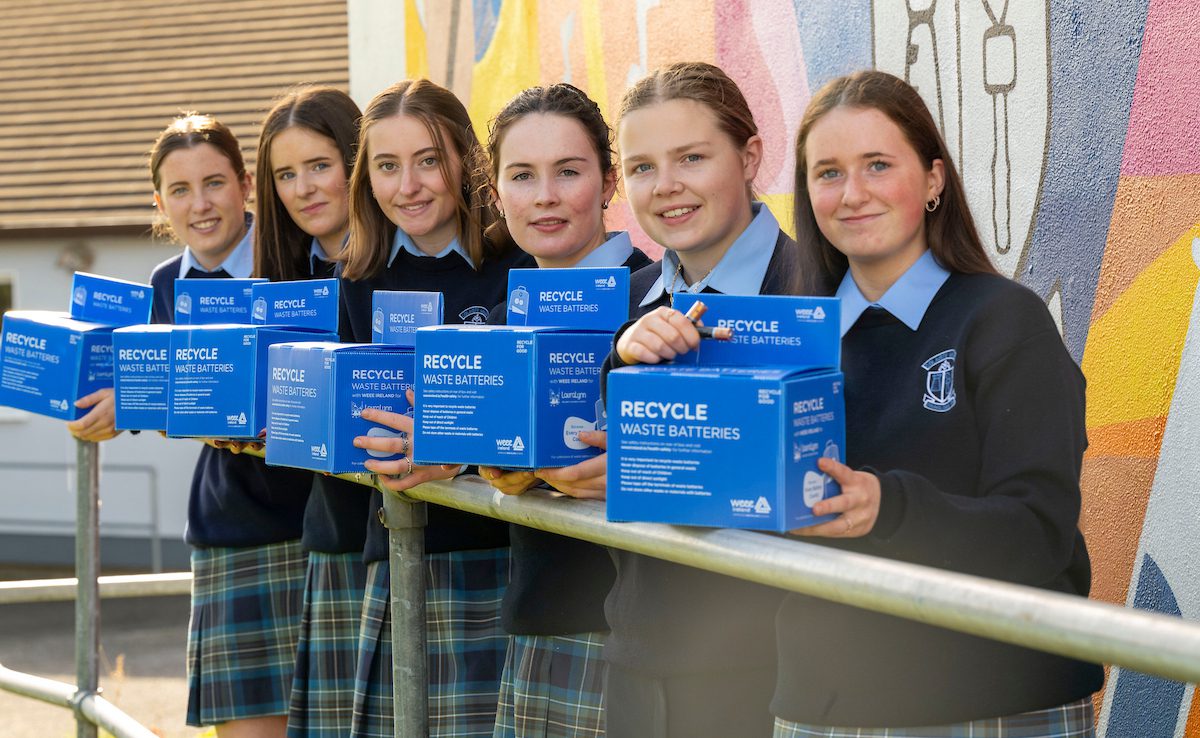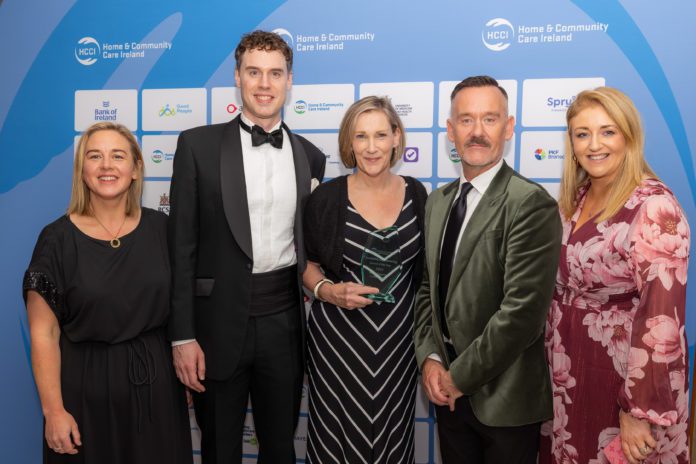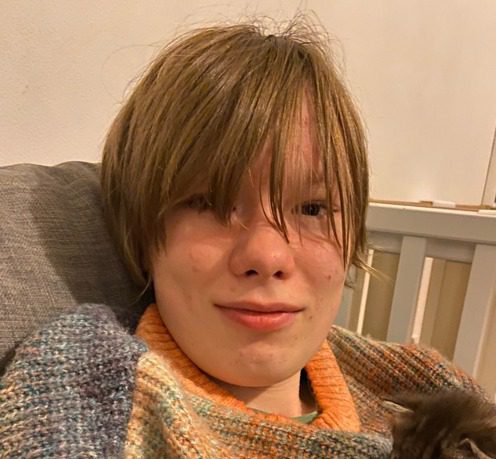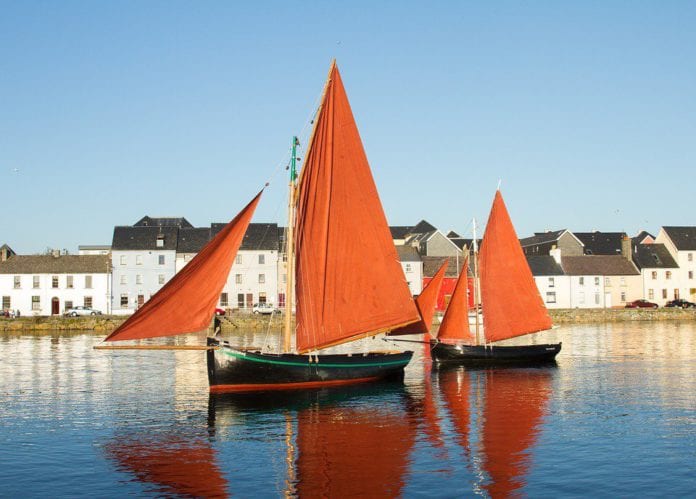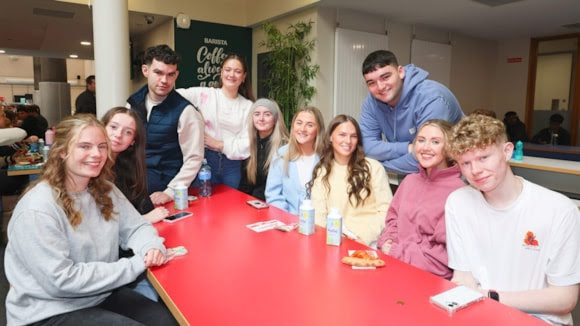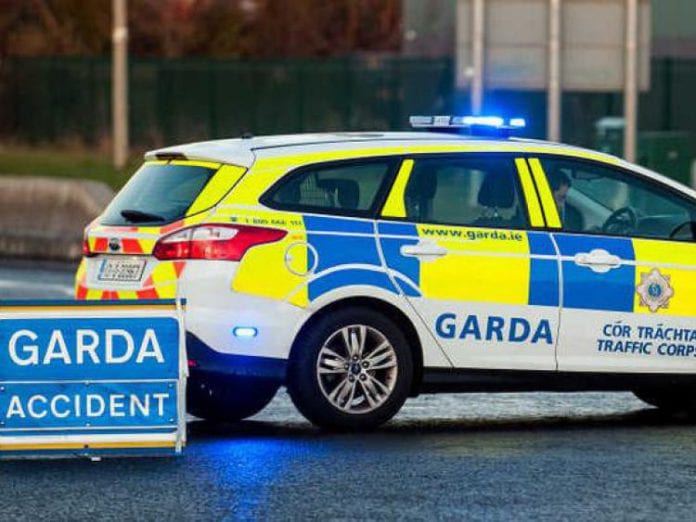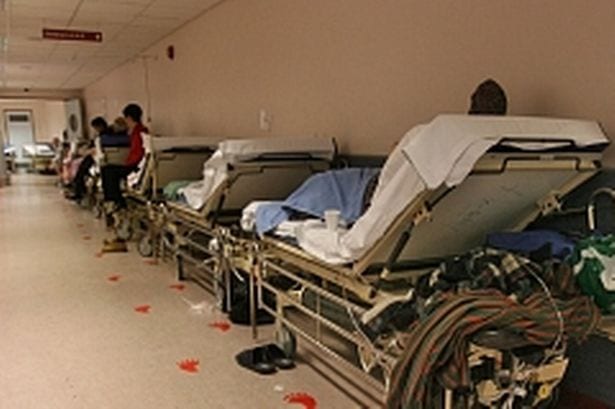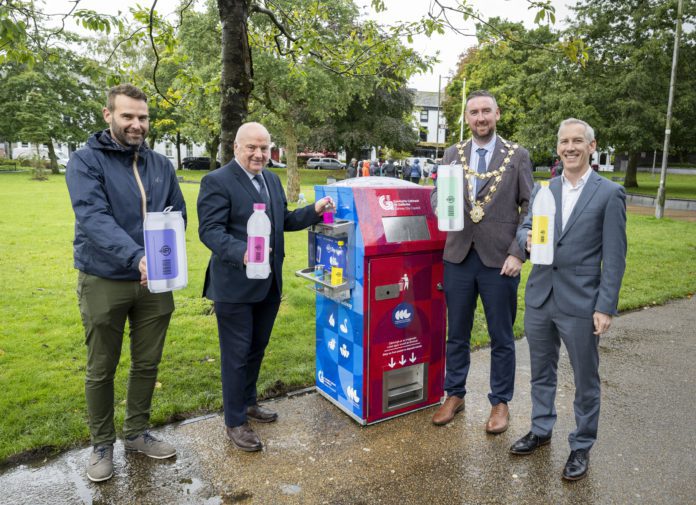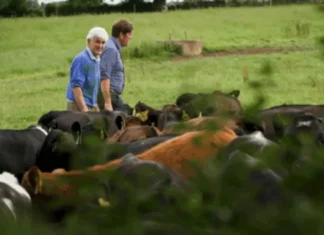So, you’re ready to switch to LED lighting. Smart move! It’s one of the easiest ways to cut down on energy bills and give your home a modern, clean look. But as soon as you start searching online, you’re hit with a flood of options. Every store promises the best prices and the brightest bulbs. How do you know who you can trust? The truth is, not all LEDs are created equal, and neither are the stores that sell them. Buying from the wrong place can lead to poor-quality lights that fail quickly, waste your money, and simply don’t deliver on their promises. You don’t want to get stuck with flickering bulbs or a strange color light in your living room. The good news? Finding a reliable, high-quality LED lighting store is easier than you think. In this guide, we’ll walk you through three key signs to look for. By the end, you’ll know exactly how to spot a trusted retailer and make a smart choice for your home. Stores like LucasLED are a great example of what to look for — they embody the principles we’re about to cover.
Sign #1: Quality products and a transparent approach
When you’re shopping for LEDs, it’s easy to get lost in a sea of numbers and technical jargon. A trustworthy store makes this process simple by focusing on quality and being completely transparent about what they’re selling. They don’t hide details – they proudly display them because they have nothing to hide.
A focus on certifications
The first thing to look for is certifications. These aren’t just random symbols – they’re your guarantee that a product meets certain safety and quality standards. Look for CE and RoHS marks. The CE mark indicates that the product complies with European Union safety, health, and environmental protection standards. Meanwhile, RoHS (Restriction of Hazardous Substances) certification ensures the product is free from dangerous materials like lead and mercury. A store that sells certified products is prioritizing your safety and the environment.
Detailed product specifications
A good store will go beyond a simple description and provide detailed product specifications. Don’t settle for a product page that only shows a picture and a price. You need to know what you’re actually buying. Look for these details:
✔️ Lumens – this is the most important number. It tells you the total amount of visible light from the bulb, which is a much more accurate measure of brightness than watts.
✔️ Color Temperature (Kelvin) – this number determines the color of the light. Lower Kelvin numbers (2700K-3000K) produce a warm, yellowish light, while higher numbers (5000K-6500K) create a cool, bluish-white light. The right color temperature can completely change the mood of a room.
✔️ CRI (Color Rendering Index) – a high CRI (90+) means the light will show colors accurately and vividly, making things look natural. A low CRI light can make colors look washed out or dull.
✔️ Dimmability – if you plan on using a dimmer, make sure the bulb is explicitly labeled as dimmable. Not all LEDs are, and using a non-dimmable bulb with a dimmer can cause flickering or damage the bulb.
Genuine warranties
Confident retailer will stand behind its products with a solid warranty. LEDs are supposed to last for tens of thousands of hours, so a trustworthy store will offer a warranty of at least 2 to 5 years. This isn’t just a safety net – it’s a clear signal of the manufacturer’s confidence in their product’s durability and a sign of the store’s commitment to customer satisfaction. A weak or non-existent warranty is a major red flag that the seller may be pushing low-quality, disposable products.
Sign #2: Expert customer service and technical support
Even the best products can lead to a confusing shopping experience if you don’t have the right help. A reliable LED store understands this and invests in its people. Their customer service isn’t just about processing orders; it’s about providing genuine, expert advice.
Knowledgeable staff
The staff should be more than just salespeople – they should be lighting consultants. A trustworthy store has employees who can answer your technical questions, guide you through different options, and help you find the perfect solution for your specific needs. They can advise on everything from the number of lumens needed to properly light a kitchen countertop to the best CRI for a painting studio. You should be able to ask complex questions and receive a clear, informed response. Don’t be afraid to test their knowledge by calling or emailing with a specific scenario.
A human connection and accessible support
In today’s online world, it’s easy to feel like you’re dealing with a faceless company. A store that values its customers will make itself accessible. They’ll have a phone number you can call, an email address you can use, and social media channels where they engage with customers. A true sign of a committed retailer is having a physical location. It shows they’re a real business with a real presence. For example, a trusted name like LucasLED has a dedicated physical store in Youghal, Co. Cork (nisfree, Beanfield, Youghal, Co. Cork, P36 RW20), which offers a unique opportunity for face-to-face consultation. When you can talk to someone in person, you can get a better feel for their expertise and the quality of their products. This kind of personal, accessible support builds a level of trust that you just can’t get from an online-only, low-budget operation.
Sign #3: A strong online and offline reputation
In the age of information, a company’s reputation is everything. A trusted LED lighting store isn’t just about what it sells—it’s about what others say about it. A strong reputation built on trust and positive customer experiences is a sign that you’re in the right place.
Customer reviews and testimonials
Before you make a purchase, do a little detective work. Check out customer reviews on independent platforms like Trustpilot or Google Reviews. Look for numerous recent, positive reviews that mention specific products or the helpfulness of the staff. Pay attention to how the store responds to negative feedback; a good company will try to resolve issues publicly and professionally, showing they care about their customers. Testimonials on their own website are a good start, but third-party reviews provide an unbiased and more complete picture.
Professional and secure website
A professional, well-designed website is a sign that a company takes its business seriously. It should be easy to navigate, with clear product categories and a functional search bar. Most importantly, it needs to be secure. Always look for the padlock symbol in the browser’s address bar. This indicates that the connection is encrypted, protecting your personal and payment information. A reputable retailer like LucasLED (https://lucasled.ie/) will have a website that is not only secure and easy to use but also filled with helpful information and high-quality product photos, reflecting the quality of their products themselves.
Social proof and community engagement
Beyond reviews, a trusted store often has a presence in the community. They might be active on social media, sharing lighting tips, showcasing customer projects, or participating in local events. This “social proof” shows that they are a real, transparent business, not just a faceless online operation. When a store like LucasLED shares project photos or expert advice on their channels, it’s a way of building a relationship and proving their expertise beyond the transaction. This level of engagement signals a commitment to their customers and their industry.

Conclusion
Making the switch to LED lighting is a great investment, and finding the right store to buy from is the key to a successful experience. By focusing on the three signs we’ve discussed – quality products, expert support, and a strong reputation – you can confidently choose a retailer that will meet your needs. You now know how to spot a store that offers genuine value and reliable products, so you can avoid getting “burned” by poor-quality alternatives.
Before you make your next purchase, use this simple checklist:
✔️ Are the product details clear? Does the store mention certifications like CE and RoHS? Is there a solid warranty?
✔️ Can you easily contact the store’s staff? Are they knowledgeable and helpful with technical questions?
✔️ Does the store have positive third-party reviews? Is the website secure and professional?
By following these steps, you’ll find the perfect lighting solutions for your home. You can trust stores like LucasLED, who embody these principles, to help you make a smart, lasting choice.

